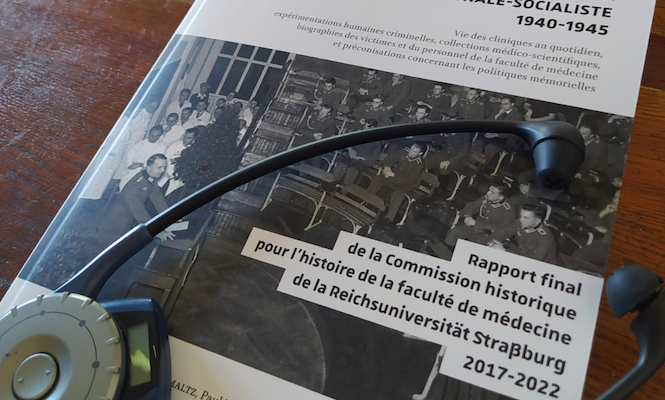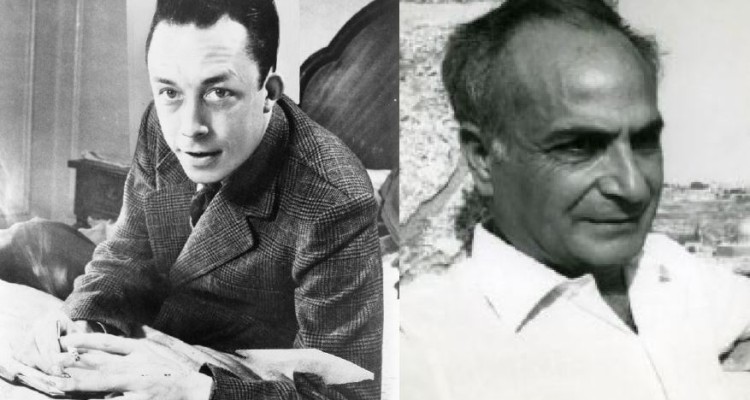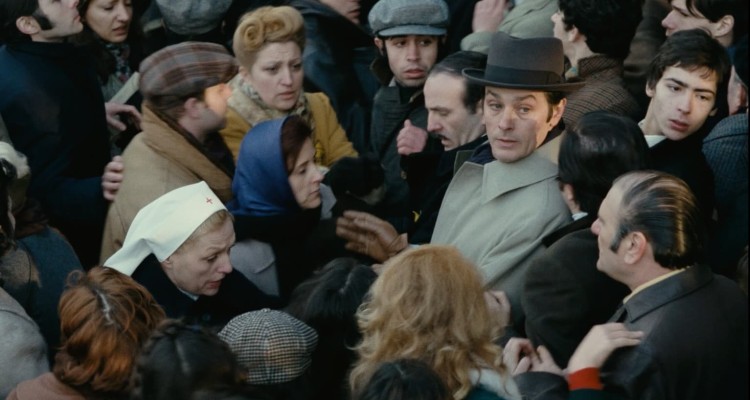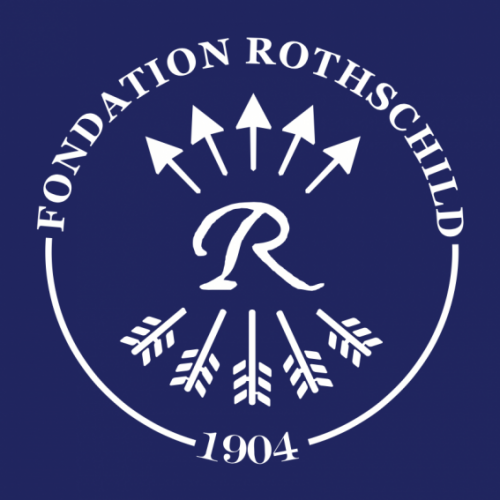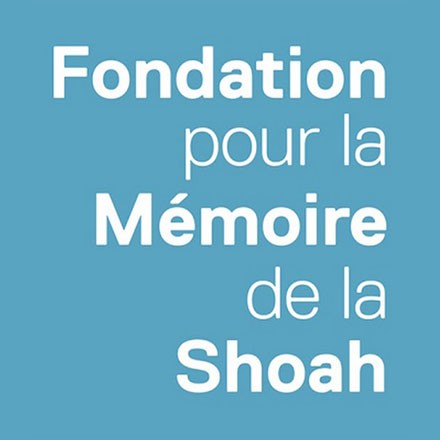Lines of Demarcation
The high school version of French history teaches us that the country was split in two under the German occupation of World War II: the Occupied Zone of the north, where military administration exercised direct control; and the Free Zone of the south, where Philippe Pétain and the toadies of the Vichy Regime were left a mostly free hand. This is a useful implication, but in fact there were depending, on how one counts, five or six distinct administrative units in occupied France. A stretch of northern France was attached to the German military administration for Brussels. The whole of the Atlantic Coast was classified as the Forbidden Zone, where the Wehrmacht constructed maritime defenses. Parts of the Franche-Comté remained part of France but were sealed off to the return of refugees, who might impede Hitler’s future plans to establish a German settler colony. And last was Alsace-Lorraine, which the Third Reich outright annexed.
The theme of this week’s last summer reprise is les années noires, or France under the occupation. We begin in Alsace, where the Third Reich’s drive to incorporate the area led to the opening of the only concentration camp on French territory. The universities were not spared in this campaign: the premises of the Université de Strasbourg were seized to form the new Reichuniversität Straßburg, where the sadists and quacks of race science were given free rein. The director of the new university’s anatomy institute ordered up the cadavers of Holocaust victims to constitute a skeleton collection for ‘study.’ Long after the war, in the bowels of the university, pieces of this macabre inventory were still being discovered. Maelle Partouche, a doctoral student in political science at the Université de Strasbourg and the Ecole des Hautes Etudes en Sciences Sociales in Paris, examined this spring the university’s coming to grips with this past. Even though the Reichuniversitat shared no personnel with the pre- and post-war Université de Strasbourg, school officials convened a commission to ensure that no human remains of Holocaust victims were still in university collections. The commission also laid out new standards in bioethics for the medical students of today and tomorrow. Partouche tracked these proceedings for K., which are detailed in the first article of this week’s summer reprise.
The action of the second article in this week’s reprise occurs in the so-called Free Zone, in the depths of what Frenchmen call la France profonde. In 1942, as the deportation of Jews to concentration camps intensified, some Frenchmen chose the path of rescue, helping Jews hide and flee from their persecutors. Perhaps nowhere was the spirit of resistance stronger than in the Huguenot town (and environs) of Chambon-sur-Lignon, in the rural departément of the Haute-Loire. The residents of Chambon-sur-Lignon, the entire town of which is celebrated as being a collective Righteous Among the Nations, sheltered thousands of Jews during the occupation. One of them was André Chouraqui, who after the war became a crucial advisor to David Ben-Gurion, the translator of a pioneering new French translation of the Bible, and an advocate for reconciliation among the Abrahamic faiths. His stay in Chambon coincided with that of Albert Camus, who had come to the mountainous region in search of a cure for his tuberculosis. Nathalie Heinich, a sociologist who lives in both Paris and Chambon, relates the tale of Camus and Chouraqui’s shared exile, when neither man had become whom he was to be. The article is adapted from a speech she gave this month at Chambon-sur-Lignon on the occasion of the town’s annual March of Remembrance.
The third article in this week’s reprise centers on someone who is neither hero nor villain (nor even real in the literal sense). Mr. Klein, the title character of the 1975 movie directed by Joseph Losey and starring Alain Delon, is a Parisian art dealer (the capital is in the Occupied Zone) content to profit off the spoliation of his Jewish clients. He lives in his sumptuous apartment, where he receives in a silk bathrobe and cavorts with his nubile mistress. But his life changes as he chases after his Jewish doppelgänger, a transformation that Jean-Baptiste Thoret evaluates in the last of this edition’s reprinted pieces, “The End of Robert Klein.” Klein’s metamorphosis lends a different resonance to the habitual admonition to “not be a bystander.”
